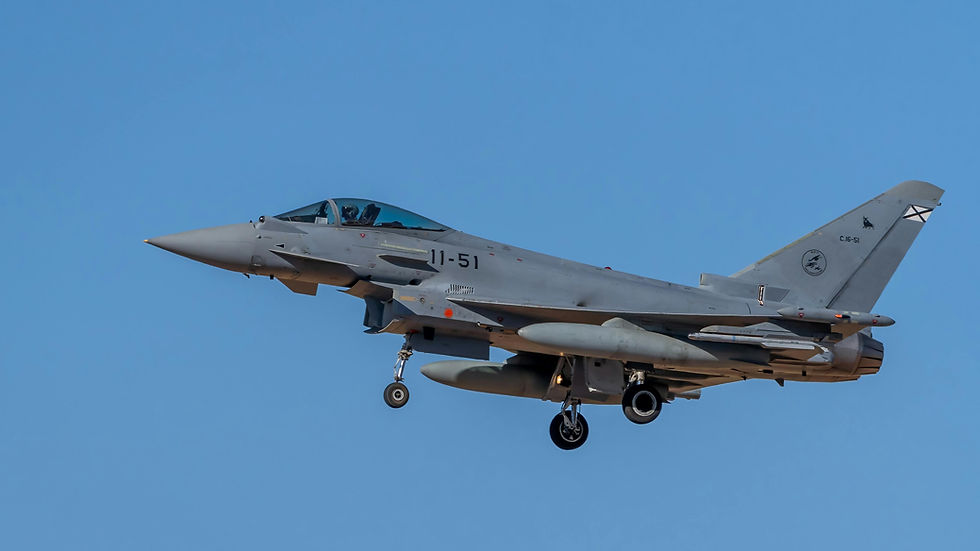Boeing's MQ-28 Ghost Bat Set for Historic AIM-120 Missile Test Next Month
- MM24 News Desk
- 2 days ago
- 3 min read

Boeing CEO Steve Parker has announced the MQ-28 Ghost Bat loyal wingman drone will conduct its first live-fire test next month, firing an AIM-120 AMRAAM missile at a real airborne target. This landmark test—the first known air-to-air missile shot by a Collaborative Combat Aircraft-type drone—signals the rapidly maturing capabilities of the autonomous system that now attracts interest from the U.S. Navy and international partners like Poland.
The MQ-28 Ghost Bat is poised to make aviation history. Steve Parker, president and CEO of Boeing Defense, Space, and Security, revealed that the autonomous drone will attempt to shoot down an airborne target with an AIM-120 Advanced Medium-Range Air-to-Air Missile (AMRAAM) in a test scheduled for next month. The announcement, made during a media roundtable ahead of the 2025 Dubai Airshow, confirms earlier projections and demonstrates the program's accelerating momentum.
"We are on track for next month," declared Parker, referencing his earlier prediction about the weapon test. "This weapon shot is something we're really excited about." When pressed for details, he confirmed the missile type: "It's an air-to-air missile, and if you were to guess it was an AMRAAM, AIM-120, you would be correct." The test will occur over the vast Woomera Range Complex in southern Australia and will simulate a "tactically relevant scenario," according to Boeing.
This test represents a significant milestone not just for the MQ-28 but for the entire category of Collaborative Combat Aircraft (CCA). It would mark the first publicly acknowledged live air-to-air missile firing by a drone designed to operate alongside crewed fighter jets. The Royal Australian Air Force (RAAF), which initiated the program through Boeing's Australian subsidiary, has been extensively testing its fleet of eight Block 1 prototype Ghost Bats.
The drone's modular design is key to its versatility. Its entire nose section can be swapped to accommodate different sensors, and at least two of the RAAF's prototypes have been spotted with an infrared search and track (IRST) sensor. This passive sensor would be particularly valuable for the upcoming test, allowing the MQ-28 to track a target without emitting radar signals that could reveal its position—a crucial advantage against modern air defenses.
"This program is really hitting its stride," Parker stated, pointing to a series of successful capability demonstrations. He noted that the Boeing E-7 Wedgetail airborne early warning aircraft has already successfully controlled two live MQ-28s simultaneously with a virtual third drone in a complex test pattern. This proves the command-and-control architecture needed to manage multiple autonomous assets in combat is already being validated.
The live-fire test comes as international interest in the platform grows. Beyond the RAAF's commitment to at least three improved Block 2 Ghost Bats, the U.S. Navy has shown "strong interest" and has contracted Boeing to develop conceptual designs for carrier-based drones.
While Boeing was cut from the U.S. Air Force's CCA Increment 1 program, it could compete in future cycles. Furthermore, Boeing is actively marketing the MQ-28 to Poland as an ideal unmanned teammate for its F-15EX fighter fleet, leveraging the jet's two-seat cockpit for enhanced drone control.
The successful firing of an AIM-120 would transform the MQ-28 from a surveillance and sensing platform into a credible airborne threat. It would validate the concept of a low-cost, attritable drone capable of engaging enemy aircraft at beyond-visual ranges, fundamentally changing the cost calculus and tactical possibilities of future air combat.



Comments